Jon Calvert Strauss, born in Chicago, was raised on Long Island, NY and in the
Delaware Valley of New Jersey. He left home after his sophomore
year in high school to attend the University of Wisconsin, Madison on a
Ford scholarship.

____________________________________________________________________________________________________________
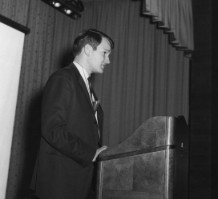
Graduating with a degree in Electrical Engineering, he began working for Westinghouse Bettis on the design of the second core for Shippingport, the first US commercial nuclear power reactor. Subsequently, a developing fascination with computing took him to IBM where he concurrently pursued a Masters in Physics at the University of Pittsburgh.
____________________________________________________________________________________________________________
He married Joan Bailey and they had two daughters, Susan and Stephanie. Upon finishing his Masters, Strauss studied for the Ph.D. in Electrical Engineering at the Carnegie Institute of Technology receiving his degree in 1965.

____________________________________________________________________________________________________________

Over the next nine years, he was an associate professor at Carnegie Mellon University, the Technical University of Norway, and the Washington University in St. Louis. In addition to his teaching and research, he managed the burgeoning computer centers on these campuses.
____________________________________________________________________________________________________________
In 1974, he arrived at the University of Pennsylvania. While recruited initially as Director of Computing Activities and professor of decision sciences, he was soon offered the position of Executive Director of the University Budget and then Vice President of Budget and Finance. The University was, at the time, the least financially stable of the Ivy's. Working with John Hobstetter and Robert Zemsky, Strauss refined a decentralized financial management system conceived by President Martin Meyerson to bring market place incentives to higher education. This system (known as Responsibility Center Management or RCM) helped stabilize Penn financially. In just seven years, Penn went from financial difficulty to solvency.
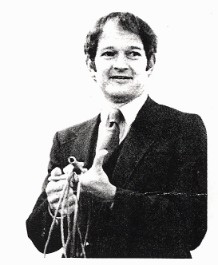
____________________________________________________________________________________________________________
The USC Cabinet
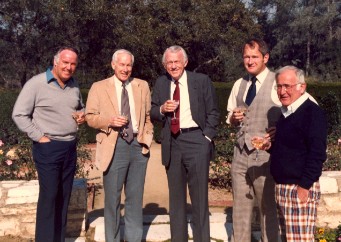
John Robinson, James Zumberge, Carl Hartnack, Jon Strauss, and Neal Pings
Strauss was recruited to the University of Southern California in 1981 to join Jim Zumberge's Office of the President as Senior Vice President for Administration. In this capacity, he had responsibility for all the nonacademic, non-fundraising activities of the university. In addition to assisting with President Zumberge's thrust to improve the academic stature of USC, Strauss worked with Budget Director John Curry to install a variant of Penn's RCM, named here as Revenue Center Management to stress the emphasis on encouraging faculty and staff to engage in developing revenue to support their programmatic activities. USC's subsequent emergence as an academic and financial powerhouse is ample testimony to the effectiveness of the Zumberge team and Revenue Center Management.
At the end of his time at USC, Strauss married Jean Sacconaghi, whom he met during the 1984 Olympics.
____________________________________________________________________________________________________________
Having spent the preceding 11 years focusing on administration and finance at major research universities, Strauss jumped at the opportunity to take responsibility for all aspects of university leadership as the 13th president of Worcester Polytechnic Institute in Worcester Massachusetts in 1985. WPI is the third oldest independent technological university in the U.S., but unlike better known peers such as MIT and Caltech, it had chosen to focus primarily on broad based undergraduate education. Strauss was recruited to build on the strength of its distinctive undergraduate project based curriculum (the WPI Plan) while encouraging the faculty to develop similar distinction in scholarship and research to support outstanding graduate and research programs as well. The success of these efforts was attested by dramatic increases in research support and PhDs awarded. This success led to a reclassification of WPI by the Carnegie Foundation as a national research university and subsequent ranking by US News and World Report in the top 50 National Research Universities.
During his time at WPI, Strauss was active in regional accreditation as a six year member of the Commission on Higher Education of the New England Association of Schools and Colleges (NEASC). He was also active in local service organizations and served as a Director of several banks, hospitals, and corporations.
Sons Kristoffer and Jonathon were born in Worcester.
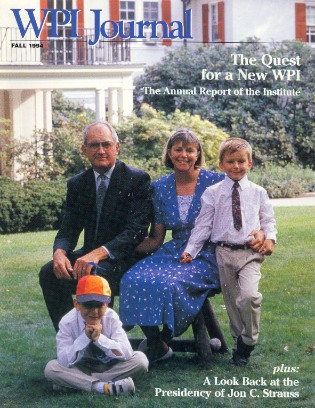
____________________________________________________________________________________________________________
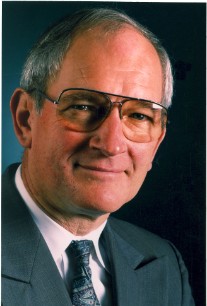
In 1994, the opportunity to become CFO of Howard Hughes Medical Institute proved too seductive to resist. HHMI is the nation's largest private philanthropy and achieves its special mission in biomedical science primarily through a distinctive operating organization which supports investigators and their laboratories at this nation's premier life science research institutions.
____________________________________________________________________________________________________________
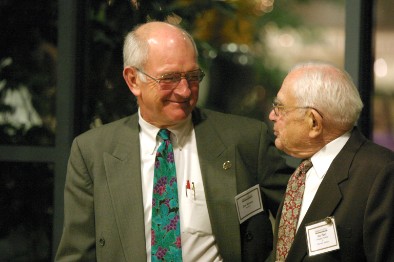
Above: with founding HMC President Joe Platt. Below: HMC 50th Gala
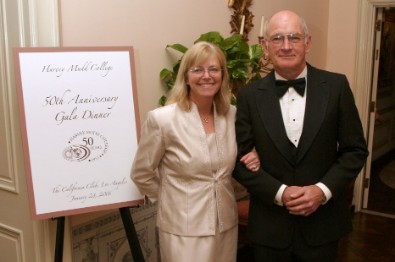
But, the pull of active involvement with faculty and students proved once again too strong and in 1997 Strauss was recruited as the 4th president of Harvey Mudd College (HMC), a member of the Claremont University Consortium in Claremont, CA. HMC is a very small (some 700 students), very young (founded in 1955), primarily undergraduate institution strongly focused on engineering and science. But, since its beginning, it has attracted some of the best undergraduate students in the country in direct competition with institutions such as MIT, Caltech, Stanford, and Berkeley. Its founders envisioned HMC as the liberal arts college of engineering, science, and mathematics and it has been true to that vision preparing young women and men for productive lives as well as outstanding science and engineering careers ever since. As at WPI, Strauss was active in encouraging the Carnegie Foundation to reclassify HMC, this time as a Baccalaureate College - Liberal Arts which subsequently led to sustained ranking by US News and World Report in the "low teens" of the national liberal arts colleges.
____________________________________________________________________________________________________________
In 2004, Strauss was appointed to the National Science Board by President Bush. He retired from HMC in 2006, but was soon working as a consultant at Polytechnic University in Brooklyn. In 2008, he followed up on an interest in sustainability developed as a member of the National Science Board and became president of Bainbridge Graduate Institute, a pioneer in offering the MBA in Sustainable Business. Then, having stabilized BGI's business model, in 2009 Strauss became the Interim Dean of the Whitacre College of Engineering of Texas Tech University in Lubbock Texas. With the continuing development of the college and the recruitment of a new dean, Strauss was engaged in refining a decentralized RCM model for Texas Tech.
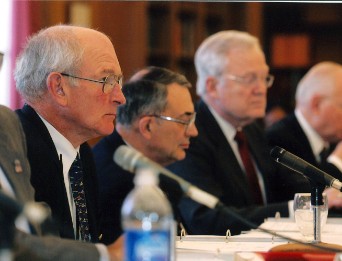
National Science Board meeting.
____________________________________________________________________________________________________________
In 2011, Strauss became President of Manhattanville College in Purchase New York. This began as a one year interim appointment and ultimately grew to a five year presidency. During his tenure, he stabilized the College's finances and had a major impact on both infrastructure and the physical condition of the campus.
Banner photo of this page taken at the South Pole during a trip with the National Science Board in 2009.